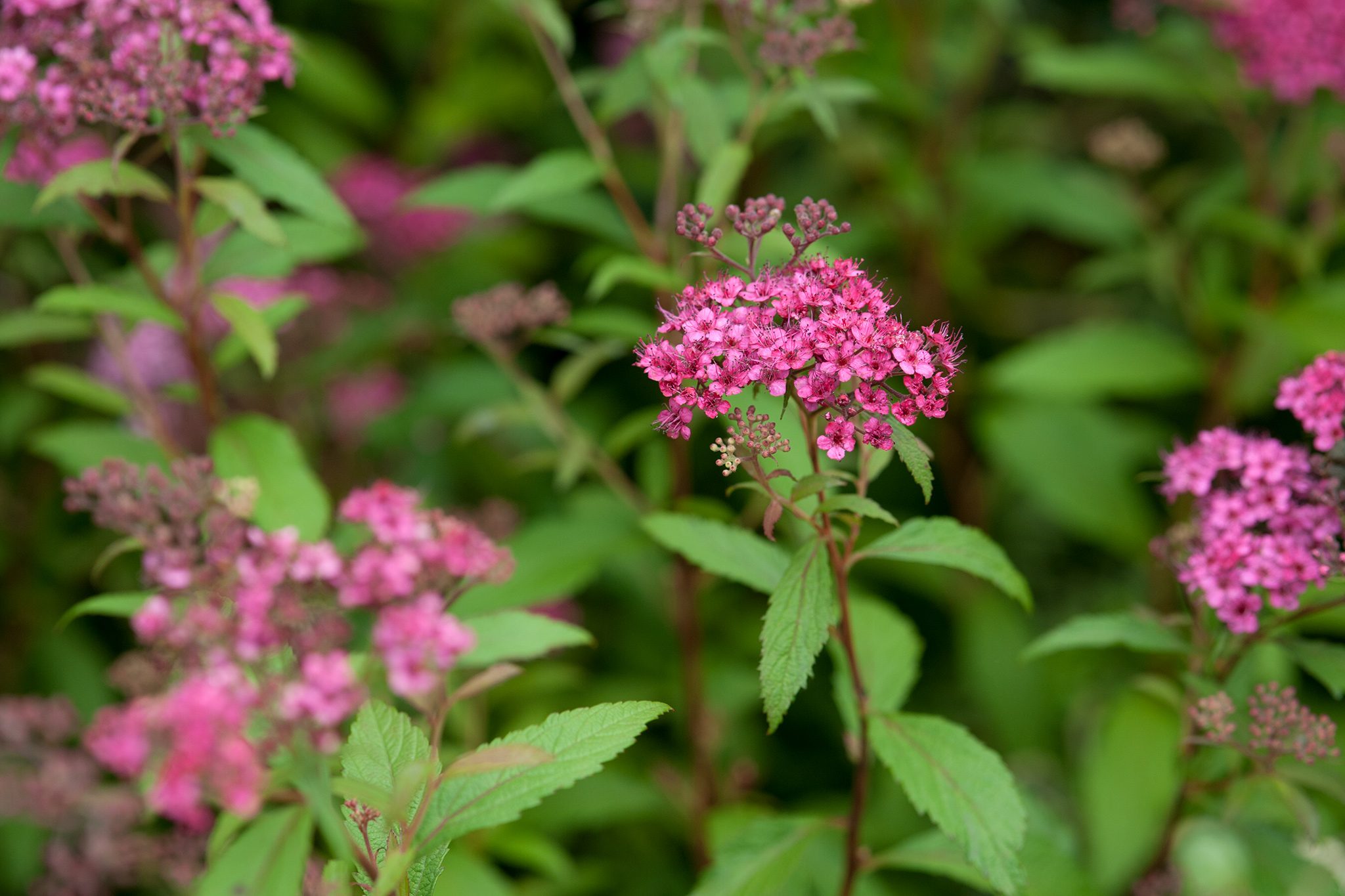
Spirea is a stunning flowering shrub that adds beauty to any garden. Known for its vibrant blooms and easy maintenance, this plant has captured the hearts of many gardening enthusiasts. But what makes Spirea so special? Spirea is not just a pretty face; it offers a range of benefits and interesting facts that make it a must-have in your garden. From its various species to its historical uses, there's a lot to learn about this versatile plant. Whether you're a seasoned gardener or a newbie, these 33 facts about Spirea will give you a deeper appreciation for this remarkable shrub. Ready to get started? Let's dive in!
What is Spirea?
Spirea, also known as spiraea, is a genus of shrubs in the rose family. These plants are popular in gardens for their beautiful flowers and easy maintenance. Here are some intriguing facts about spirea that might surprise you.
-
Spirea belongs to the Rosaceae family, which includes roses, apples, and strawberries.
-
There are over 80 species of spirea, offering a variety of sizes, shapes, and colors.
-
Spirea plants can be deciduous or evergreen, depending on the species and climate.
-
These shrubs are native to the Northern Hemisphere, particularly in temperate regions of North America and Asia.
-
Spirea flowers come in clusters called corymbs or panicles, creating a stunning visual effect.
Types of Spirea
Different species of spirea offer unique characteristics. Here are some notable types you might encounter.
-
Japanese spirea (Spiraea japonica) is one of the most popular species, known for its vibrant pink or red flowers.
-
Bridal wreath spirea (Spiraea prunifolia) features cascading white flowers, often used in wedding bouquets.
-
Birchleaf spirea (Spiraea betulifolia) has small, white flowers and leaves that resemble birch trees.
-
Bumalda spirea (Spiraea × bumalda) is a hybrid species, combining traits of Japanese and Korean spirea.
-
Snowmound spirea (Spiraea nipponica) produces a profusion of white flowers, resembling a mound of snow.
Growing Spirea
Spirea is relatively easy to grow, making it a favorite among gardeners. Here are some tips for cultivating these shrubs.
-
Spirea thrives in full sun but can tolerate partial shade.
-
Well-drained soil is essential for healthy spirea growth.
-
These plants are drought-tolerant once established, requiring minimal watering.
-
Pruning spirea after flowering encourages new growth and maintains shape.
-
Spirea can be propagated through cuttings, making it easy to expand your garden.
Benefits of Spirea
Beyond their beauty, spirea shrubs offer several benefits to gardeners and the environment.
-
Spirea attracts pollinators like bees and butterflies, supporting local ecosystems.
-
These shrubs provide excellent ground cover, reducing soil erosion.
-
Spirea can be used as a natural hedge or privacy screen in gardens.
-
The dense foliage of spirea offers shelter for small wildlife.
-
Spirea plants are relatively pest-resistant, reducing the need for chemical treatments.
Interesting Facts About Spirea
Here are some lesser-known facts that highlight the unique qualities of spirea.
-
The name "spirea" comes from the Greek word "speira," meaning "wreath" or "coil," referring to the plant's spiral-shaped flower clusters.
-
Spirea has been used in traditional medicine for its anti-inflammatory properties.
-
Some species of spirea are known to change leaf color in the fall, adding seasonal interest to gardens.
-
Spirea is often used in landscaping for its low maintenance and adaptability.
-
The flowers of spirea are edible and can be used to garnish salads or desserts.
Spirea in History and Culture
Spirea has played a role in various cultures and historical contexts. Here are some fascinating historical facts.
-
In ancient Greece, spirea was associated with weddings and used to create bridal wreaths.
-
Native American tribes used spirea for medicinal purposes, treating ailments like fever and pain.
-
Spirea was introduced to Europe in the 16th century and quickly became popular in ornamental gardens.
-
The Victorian language of flowers assigned spirea the meaning of "energy" and "effort."
-
In Japan, spirea is often planted in temple gardens for its serene beauty.
Fun Facts About Spirea
To wrap up, here are some fun and quirky facts about spirea that you might enjoy.
-
Spirea can live for over 20 years with proper care.
-
Some species of spirea are known to attract hummingbirds.
-
Spirea is often used in bonsai, showcasing its versatility and beauty in miniature form.
Spirea: A Garden Gem
Spirea is a standout in any garden. Its vibrant blooms and hardy nature make it a favorite among gardeners. This plant isn't just pretty; it's also low-maintenance. Perfect for those who want beauty without the hassle. Spirea thrives in various climates, making it versatile. Plus, its resistance to pests and diseases is a huge bonus.
Planting spirea can transform your garden. Its colorful flowers attract pollinators like bees and butterflies, adding life to your outdoor space. Whether you're a seasoned gardener or just starting, spirea is a great choice. Its adaptability and ease of care mean you can enjoy a stunning garden with minimal effort.
So, if you're looking to add a touch of elegance and color to your garden, spirea is the way to go. Happy gardening!
Was this page helpful?
Our commitment to delivering trustworthy and engaging content is at the heart of what we do. Each fact on our site is contributed by real users like you, bringing a wealth of diverse insights and information. To ensure the highest standards of accuracy and reliability, our dedicated editors meticulously review each submission. This process guarantees that the facts we share are not only fascinating but also credible. Trust in our commitment to quality and authenticity as you explore and learn with us.
